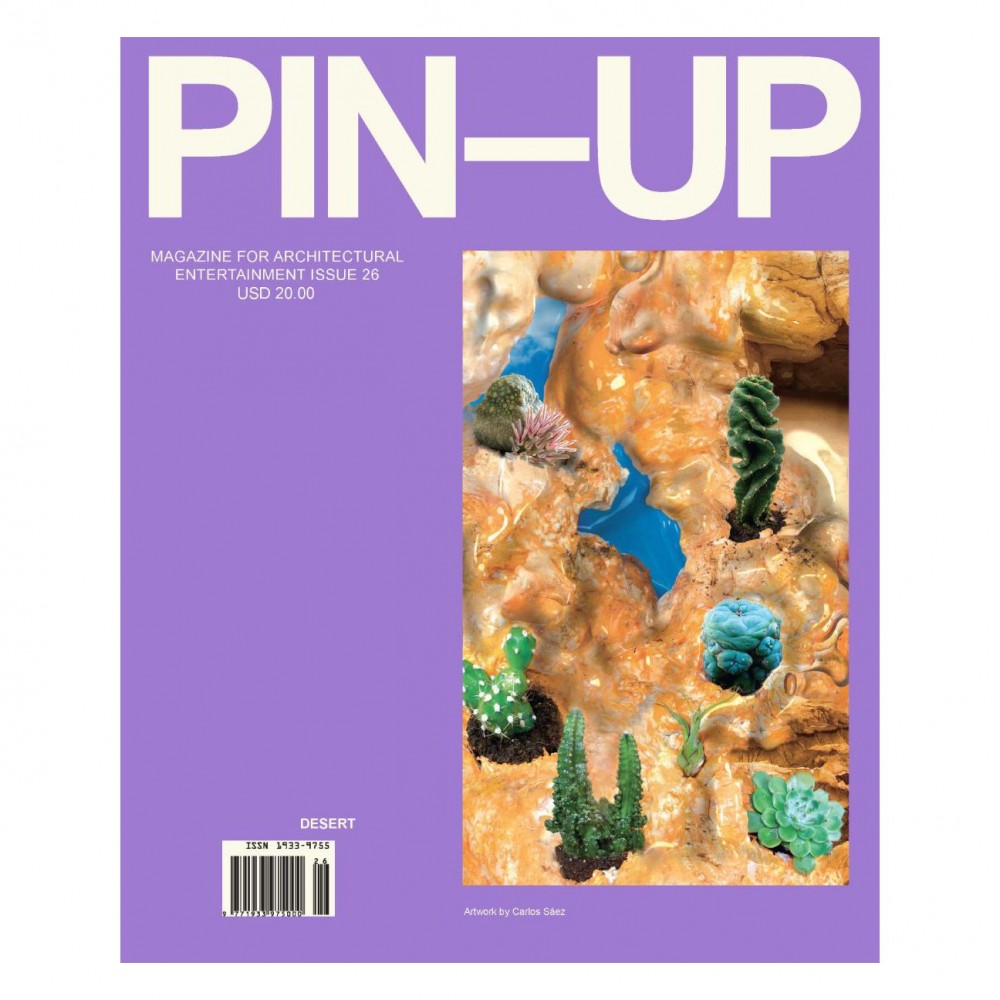BLOOM: A Machine Elf’s Guide to Desert Flora
-
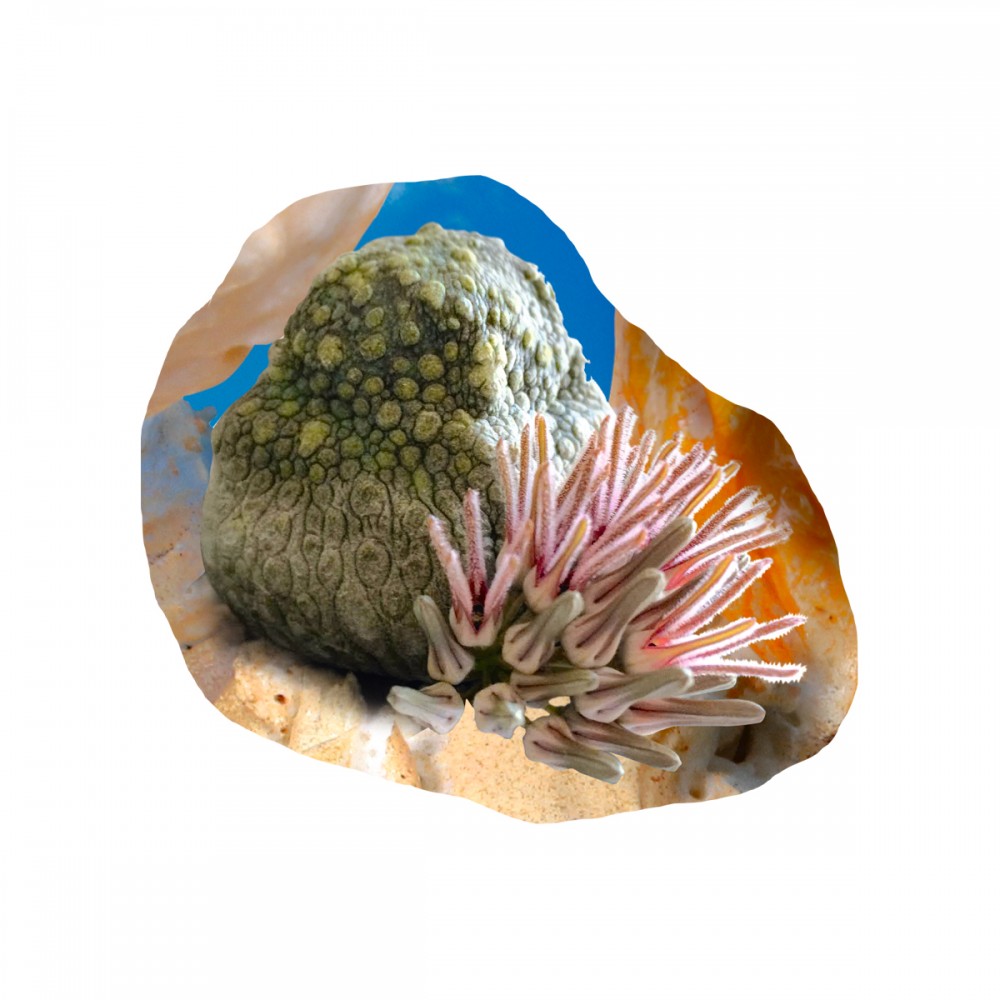
A small succulent that, as its Latin name suggests, grows in the shape of an almost perfect cube, Pseudolithos cubiformis is an oddball which is indigenous to Somalia, in north-eastern Africa.
-
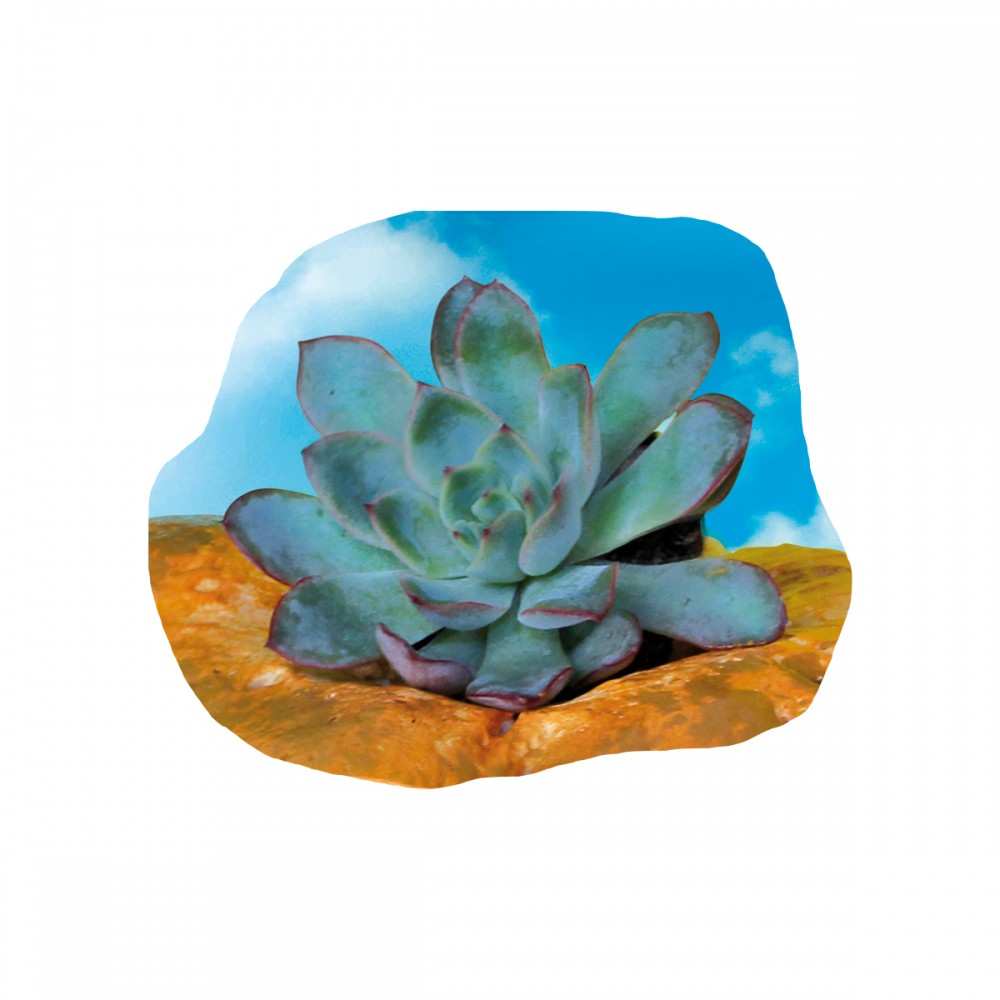
A prized house plant among the Etsy set, Echeveria colorata is pretty but resilient — a succulent known for its pale-green rosettes whose tips are decoratively flushed with pink.
-

Native to southern Africa, Haworthia truncata var. maughanii has become very vulnerable in the wild due to succulent collectors, grazing ostriches, and changes in land use.
-

Another air plant, the adaptable and remarkably resilient Tillandsia capitata can be found in the wild in both rain forest and arid desert, and at sea level or high mountain altitudes.
-

Lophophora williamsii is the mescaline-rich cactus with psychoactive qualities commonly referred to as peyote. It is naturally found primarily in the Mexican Chihuahuan desert but is known all around the world.
-

Cereus peruvianus — “Peruvian candle” in Latin — produces a sweet edible fruit known as the Peruvian apple, which is pink on the outside with white flesh and black seeds on the inside. Its local name is pitaya, and it’s also sometimes called dragon fruit.
-

Native to southern Africa, Haworthia truncata var. maughanii has become very vulnerable in the wild due to succulent collectors, grazing ostriches, and changes in land use.
-

Even though it’s actually a stem succulent, Pachypodium lamerei is colloquially known as the Madagascar palm for its palm-tree like leaves that grow out of its needle-covered trunk.
-
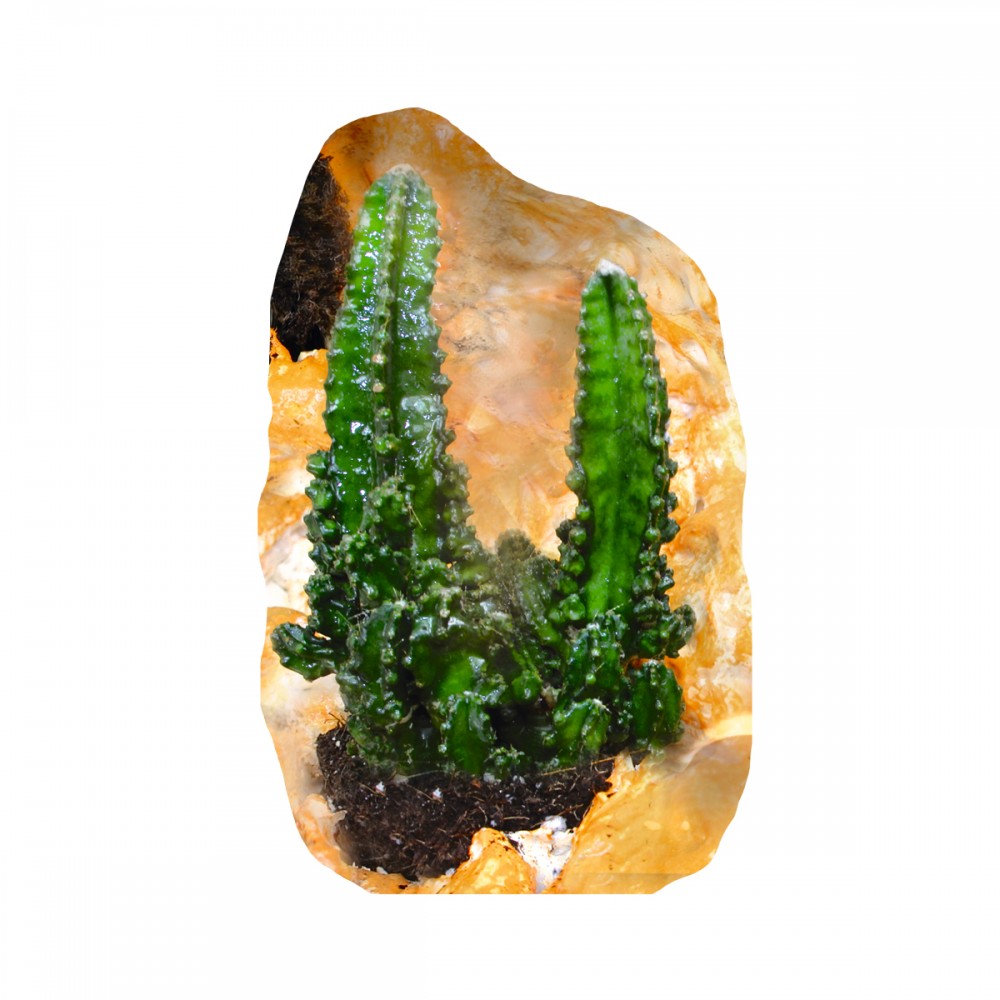
Cereus peruvianus, also known as the Peruvian apple cactus, is a large erect thorny columnar cactus found mostly in South America and the ABC islands in the Caribbean (Aruba, Bonaire, and Curaçao).
-

A rosette-forming succulent, Echeveria “Green Prince” is known for its fleshy, fibrous leaves often covered in a powdery or waxy layer that helps protect it from the sun, pathogens, and insects. Originally from the semi-desert regions of Mexico, it has become very popular in nurseries and garden centers, especially in coastal California.
-

Tephrocactus articulatus is sometimes called the pine-cone cactus or paper-spined cholla. Originally from Argentina, it grows in gray-green, cylindrical segments that resemble spruce cones.
Since many deserts are hot (on average 100 degrees Fahrenheit daily) and dry (under 10 inches of precipitation annually), it’s often a reflex to think of them as barren. But set foot in any of these spectacular otherworldly environments and such notions will instantly be shattered. To illustrate this point, Spanish artist Carlos Sáez created this terrarium to showcase the many varieties of plant life that hot deserts support, from the Titanopsis of Namibia to the Sulcorebutia of Bolivia.
-

Indigenous cultures ritualize the use of Lophophora williamsii, better known as peyote, in shamanistic ceremonies. In the Mexican Wixáritari tradition, before foraging for the cactus, there’s a practice of confession and purification.
-

Neobuxbaumia polylopha can only be found in a small area in the Mexican state of Guanajuato, growing primarily in canyons with limestone slopes. In the wild it grows up to 50 feet tall and weighs several tons.
-

Mammillaria spinosissima, also known as spiny pincushion cactus, produces pink, funnel-shaped flowers that afterwards give way to bright-red, smooth juicy berries. Its native habitat covers an area ranging from Columbia and Venezuela to the southwestern U.S., but it is to central Mexico that this little beauty is endemic.
-
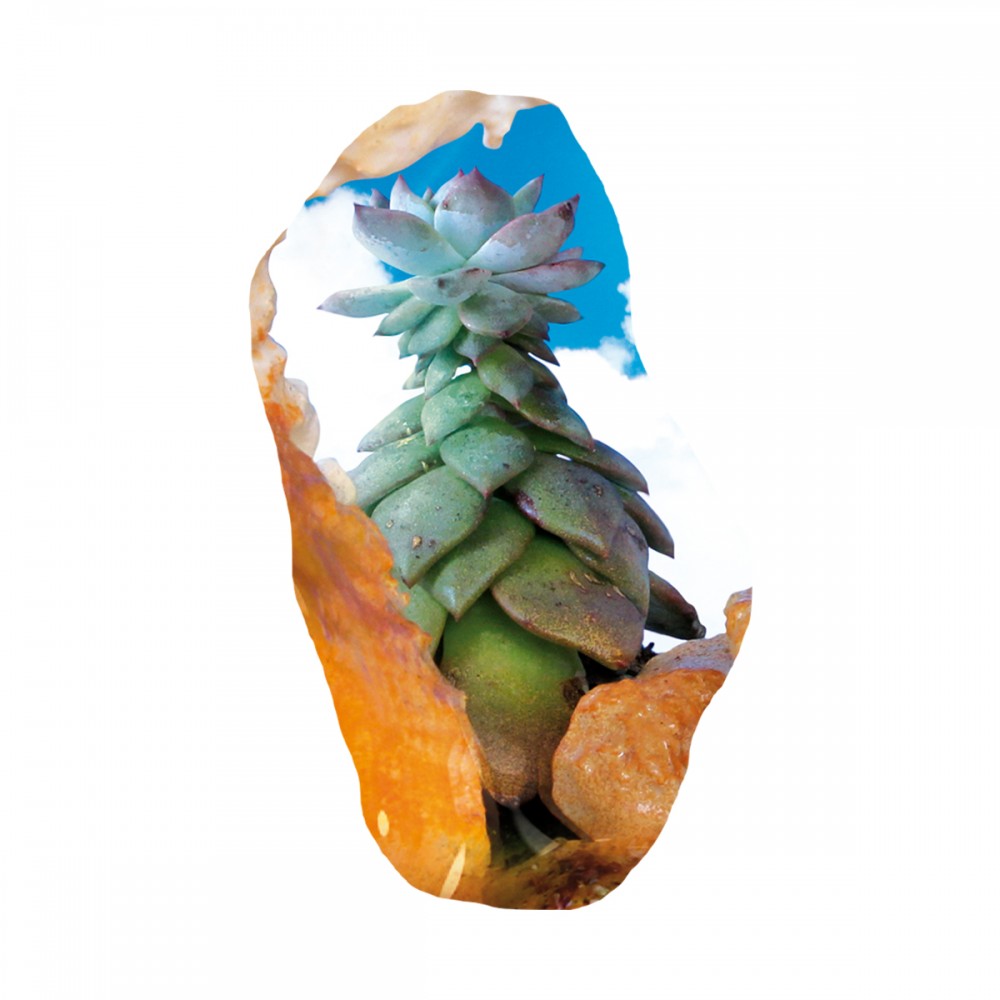
A succulent hybrid from California, Echeveria azulita tends to grow freely, forming small clusters of its characteristic blue leaves with red tips.
-

Thanks to the wide variety of colors it displays, nicknames for Tillandsia ionantha include “blushing bride” and “silver urn.” If left to grow in a cluster, this species of air plant can attain the size of a basketball.
-

A family of small perennial succulent plants native to southern Africa, the Anacampseros genus derives its name from an ancient-Greek word for herbs which were supposed to restore lost love simply through touching them.
GET THE SPECIAL EDITION COVER BY CARLOS SAEZ
It’s a project close to Sáez’s heart, because for a while now he has been proudly nurturing a Lophophora williamsii, more commonly known as a peyote cactus. “I’ll wait five years more and when it’s ready I will eat it,” he says of the psychoactive-rich plant. “It’s a poetic relationship: I grow a cactus that will eventually help me grow — my consciousness.” The vastness and isolation of deserts have long made them attractive places for inner exploration through psychedelic experimentation, and this tabletop tundra is no different.
-
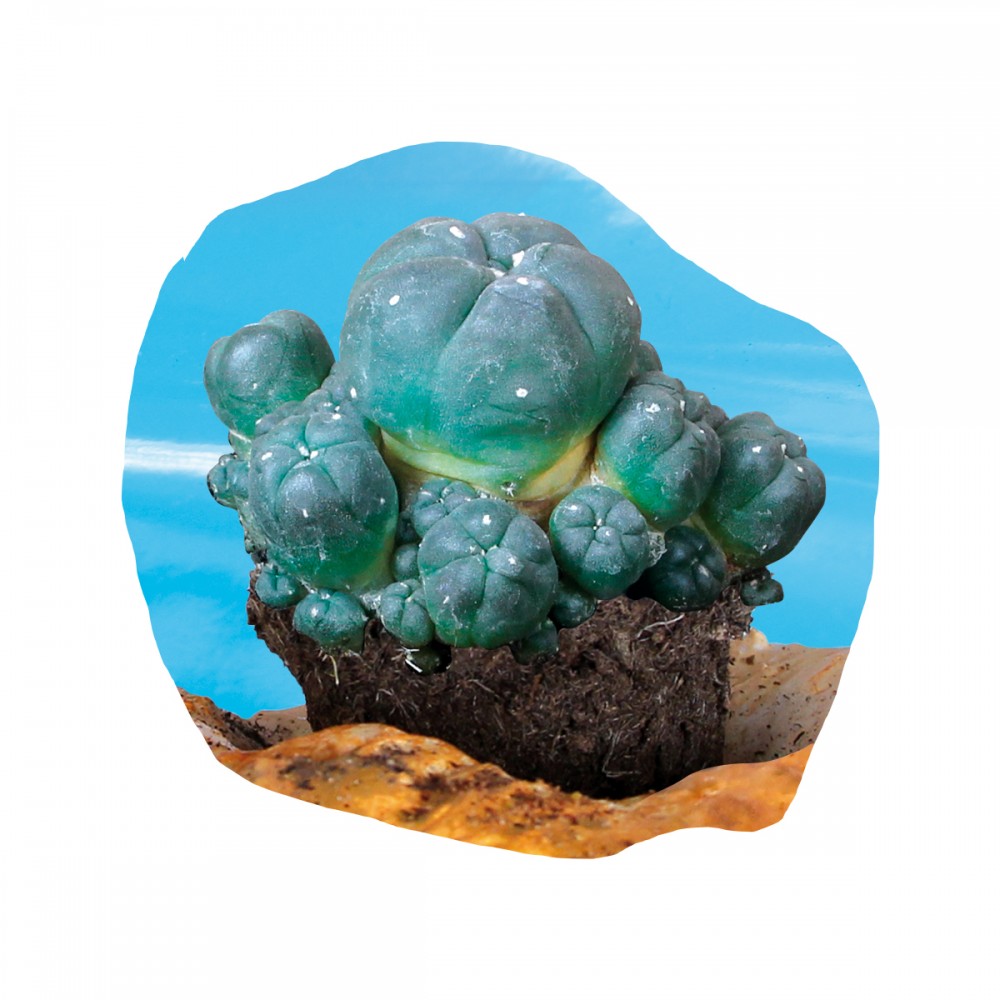
The Nahuatl word peyōtl translates as either “glistening” or “divine messenger” because the hallucinogenic effects of the peyote cactus (Lophophora williamsii) are viewed as a communion with the spirit world.
-

Nicknamed “royal flush” or “split rock,” Pleiospilos nelii (rubra) is highly sought after among collectors because of its vibrant purple color. It grows by sprouting new pairs of leaves inside the old ones.
-

Indigenous to the arid regions of South Africa and Namibia, the Titanopsis genus of succulents takes its name from the ancient Greek for “like limestone,” although their warty tubercles give them a rather marine air.
-

Also known as the “Mexican snowball,” Echeveria elegans is native to semi-desert habitats and belongs to a genus named after the 18th-century Mexican botanical artist Atanasio Echeverría y Godoy.
-

Known as Anacampseros albissima or Avonia albissima, this wiggly-fingered succulent is indigenous to the Northern Cape area of South Africa and Namibia, deriving its nutrients from the mineral-rich sand of the desert.
-
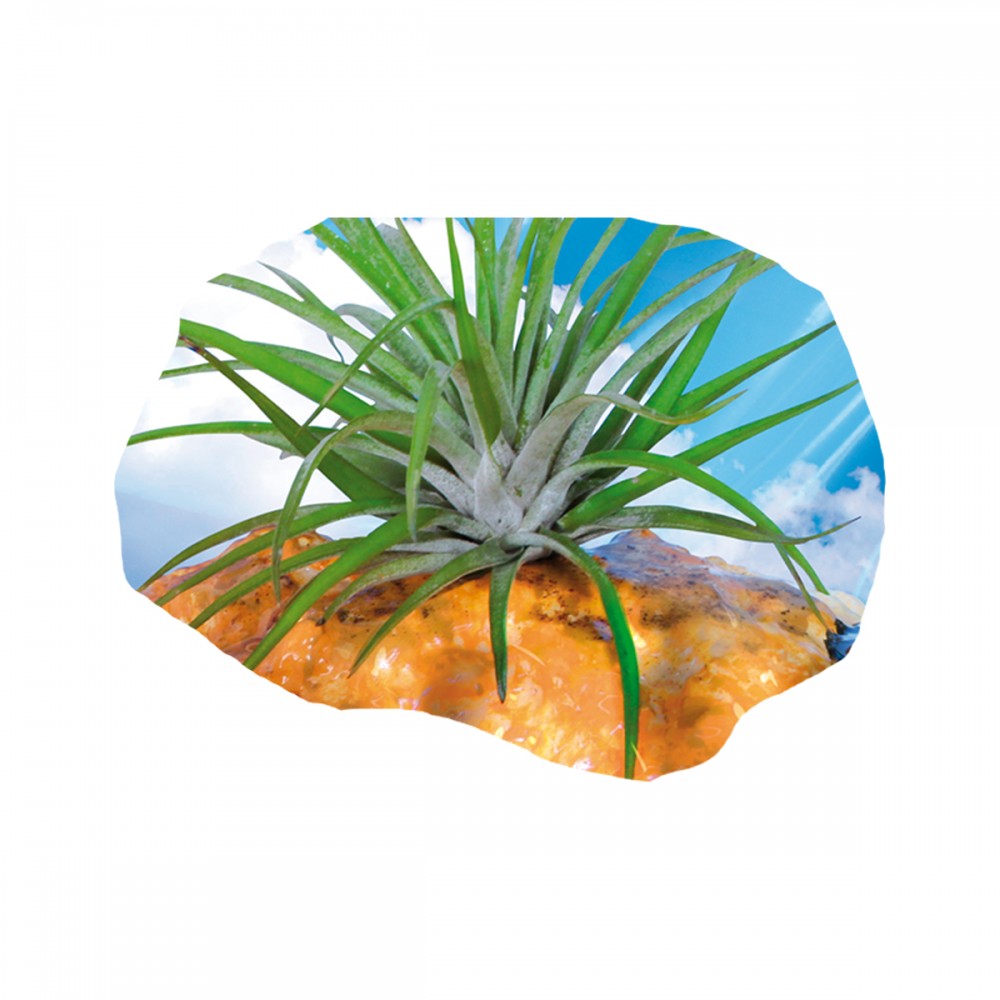
An air plant that can thrive in sand dunes as well as on trees, Tillandsia stricta blooms for just one day, though its colorful bracts stay bright for up to ten weeks. The domesticized version is often kept in a glass planter and hung from the ceiling.
With hallucinatory vision, Sáez pays homage to desert hydration by depicting rock formations that are just as juicy and alive as many of the succulents themselves. In fact, so animated are they that if you look close enough you might be lucky enough to discover the first subtle signs of a “machine elf,” one of those amorphous humanoid figures that have been seen by shamanic users of hallucinogens in many cultures, from Native Americans to Africans and indigenous Australians, as well as by non-shamanic users of DMT (dimethyltryptamine). When encountered, the friendly multi-dimensional entities seem to say, “How wonderful you’re here! We’re delighted to see you! You come so rarely!” and then guide you on a hyper-stimulating metaphysical journey through the unexplored territories of your mind.
-

Crassula ovata “Gollum” is a small shrubby succulent with interesting tubular leaves. Its origin is in Mozambique and South African’s Eastern Cape and its white star-like flowers often appear in late fall and early winter.
-

Nicknamed “pagoda mini jade,” Crassula pyramidalis is a common clustering succulent found in a variety of places in South Africa, from the Karoo desert to the Fynbos heathland.
-
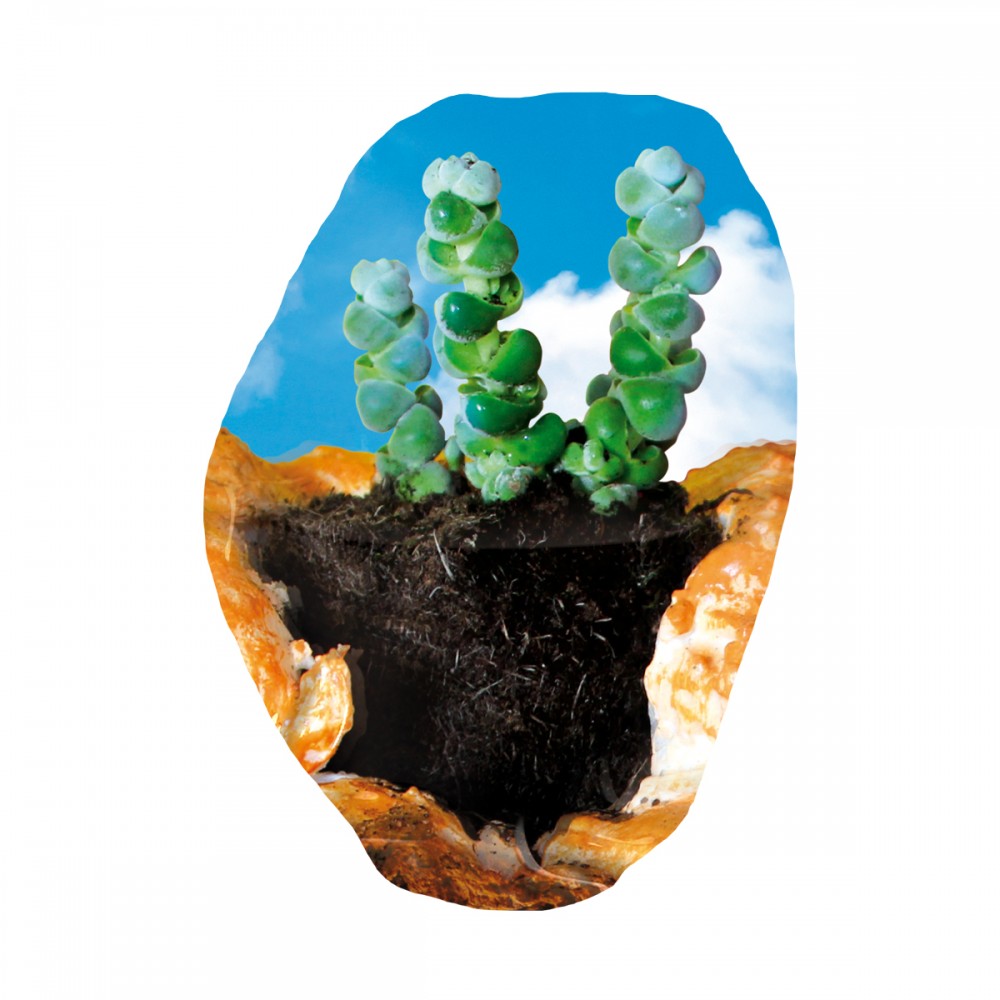
Originating in very dry regions of coastal Namibia, Crassula plegmatoides is a succulent subshrub with soft velvety leaves that grows to about 6 inches tall when in bloom.
-
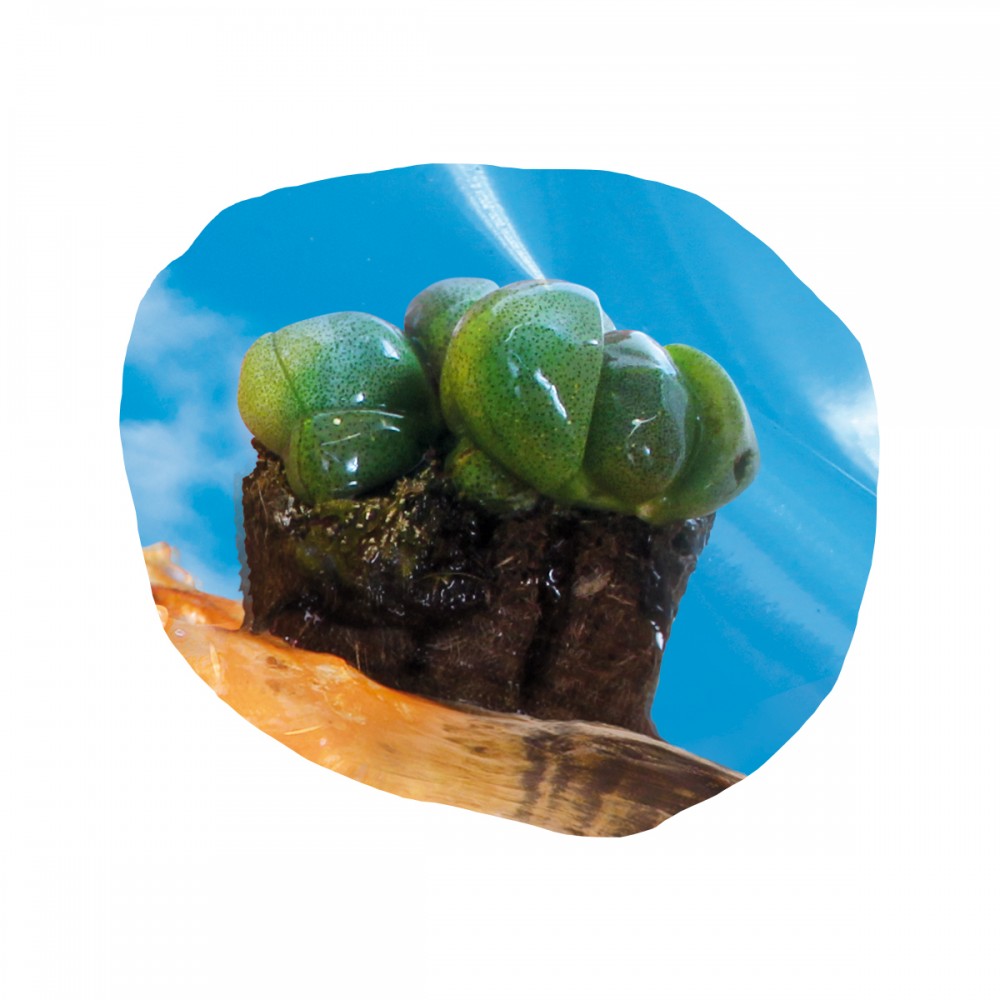
Pleiospilos nelii, also known as split rock, is a dwarf succulent that looks like stones. And for good reason, since its biggest predator is grazing livestock such as goat, sheep, or cattle.
-
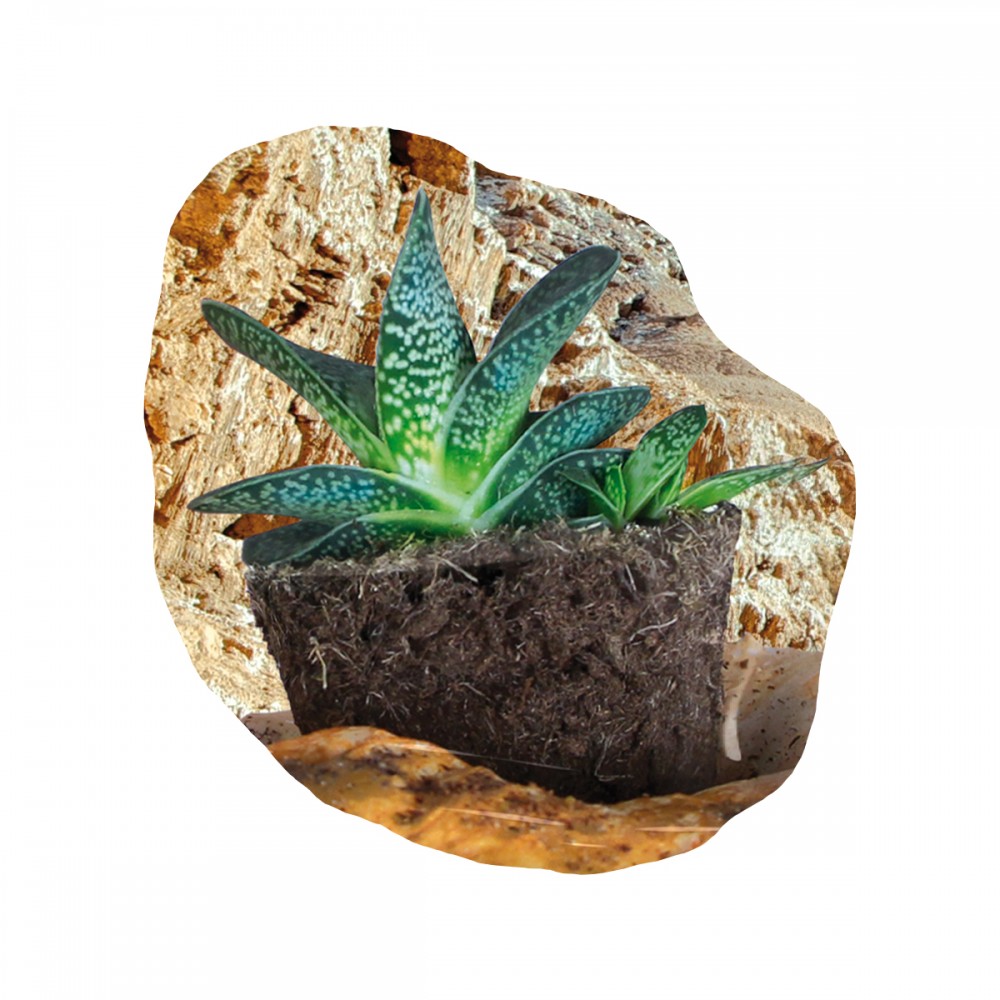
A close cousin of aloe, albeit with more brittle, warty leaves, Gasteria brevifolia is increasingly under threat in the wild due to its use for medicinal purposes. It is originally from South Africa and Namibia.
-

Native to the limestone hills of Hidalgo in Central Mexico, Ferocactus glaucescens has long spines and produces yellow summer flowers — but what makes it unmistakable are its unusual-looking white fruits.
-
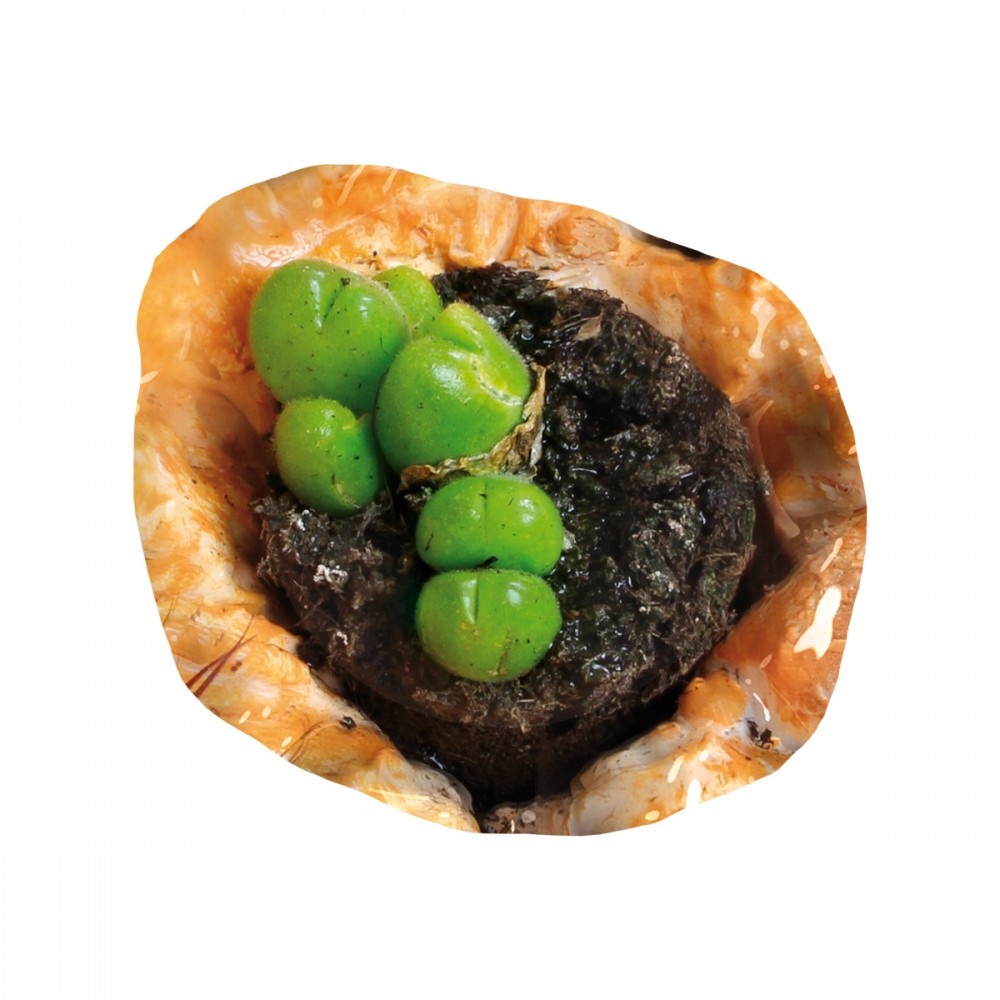
Gibbaeum is another succulent genus indigenous to the Little Karoo region in South Africa. Characterized by globular asymmetrical pairs of leaves, the plants get their name from gibbus, the Latin word for “hunched.”
-
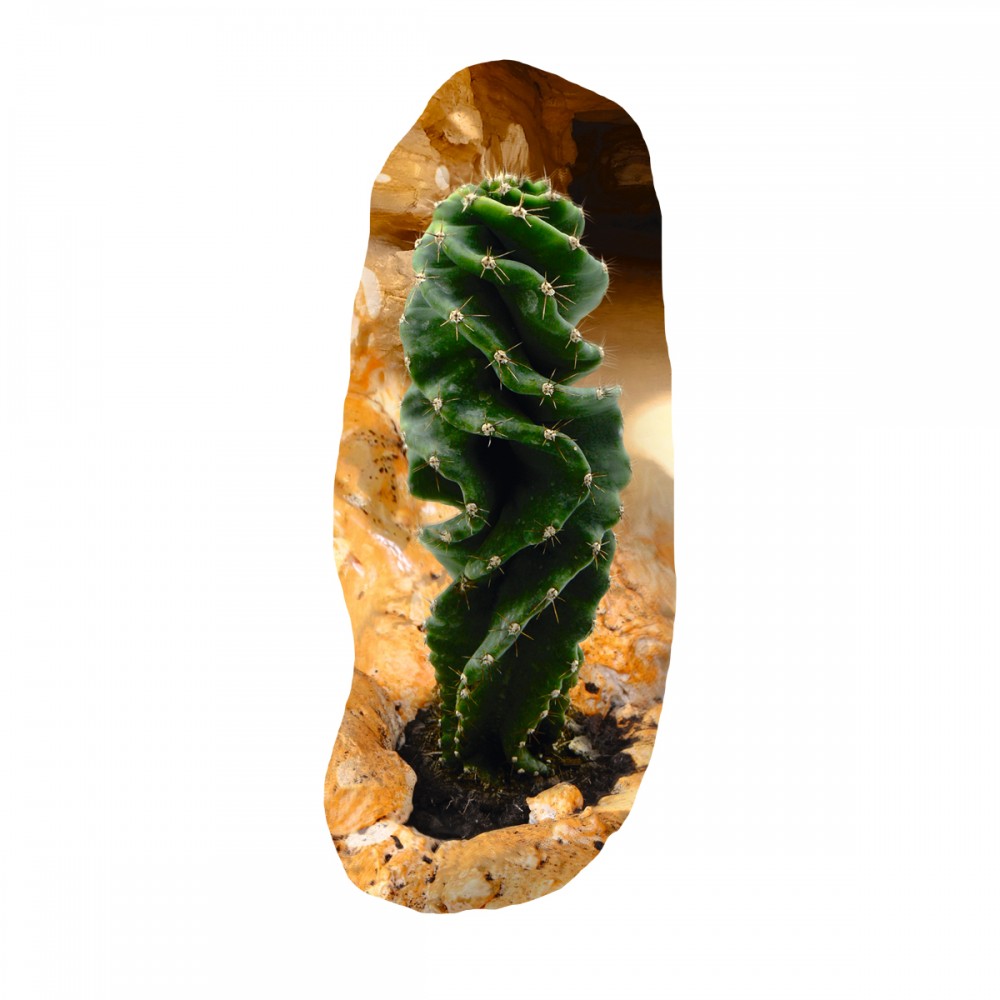
Shrouded in mystery, but apparently from Brazil, the corkscrew-shaped Cereus forbesii cv. Spiralis is extremely rare in the wild. A few branches were imported to Europe around 1980 for a very high price, but most specimens on the market today are seed-grown plants derived from cross pollination with other members of the genus.
-
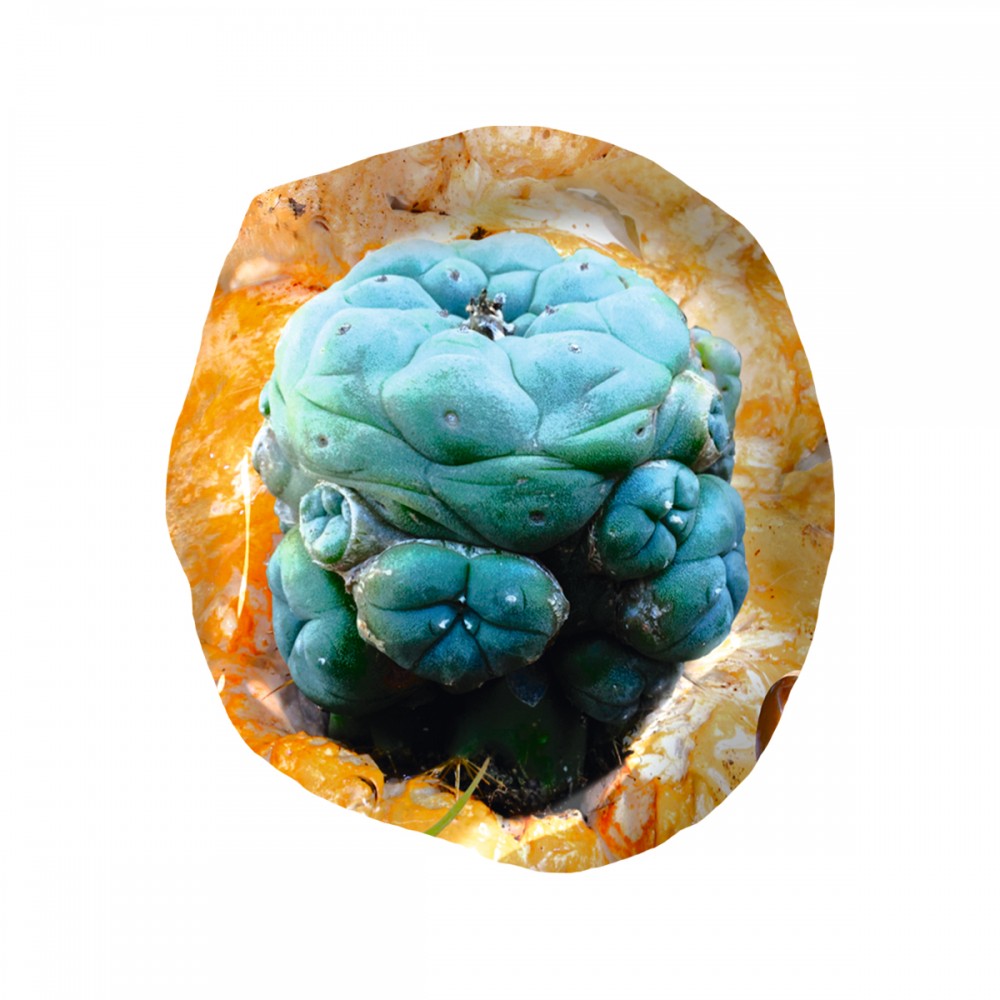
Thanks to Hollywood films like The Doors, Beavis and Butt-Head Do America, or the Christopher Cain-directed Western Young Guns, peyote (aka Lophophora williamsii) and its trippy effects have earned their rightful place in America’s pop-cultural lexicon.
-

Tillandsia pruinosa — known as the fuzzy-wuzzy air plant — has frosted-looking leaves and is native to South and Central America, southern Mexico, the West Indies, and Florida, where it is currently endangered.
The term “machine elf” was coined by American author and ethnobotanist Terence McKenna (1946–2000), a prominent advocate for the responsible use of naturally occurring psychoactive plants. Sáez is a fan of Mckenna’s thinking. “These abstract, undefined beings link reality and virtuality,” he says. “Many people have seen them. If reality is the shared way we perceive the world, then why would an experience we all share on hallucinogens be considered any less real?”

